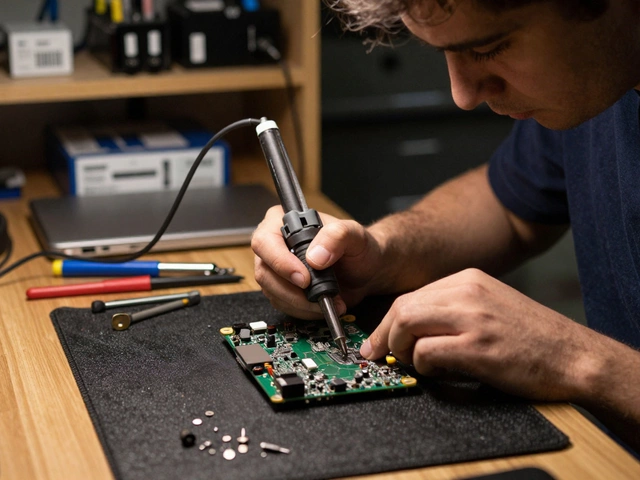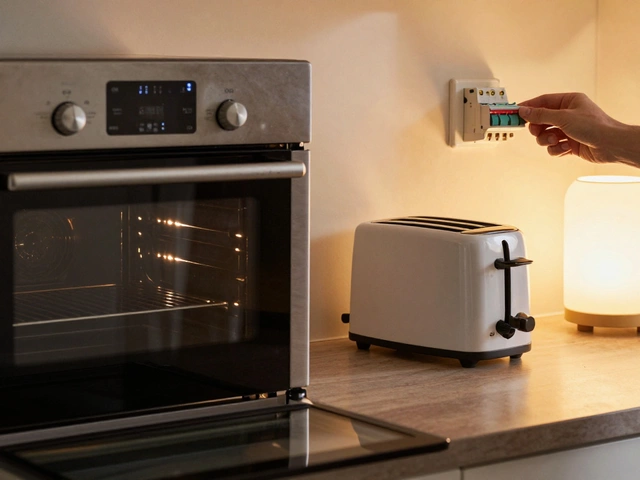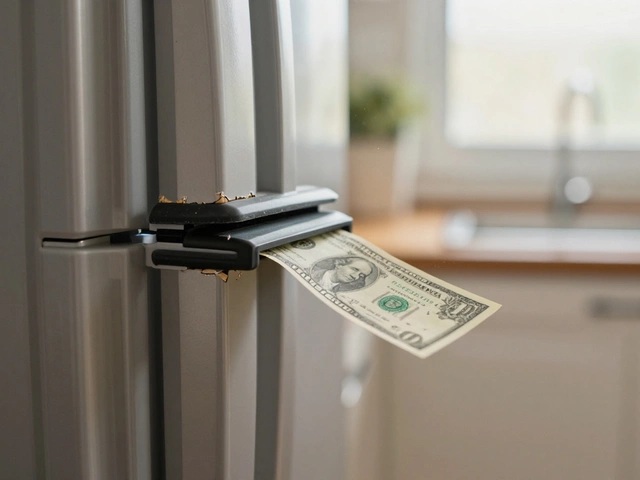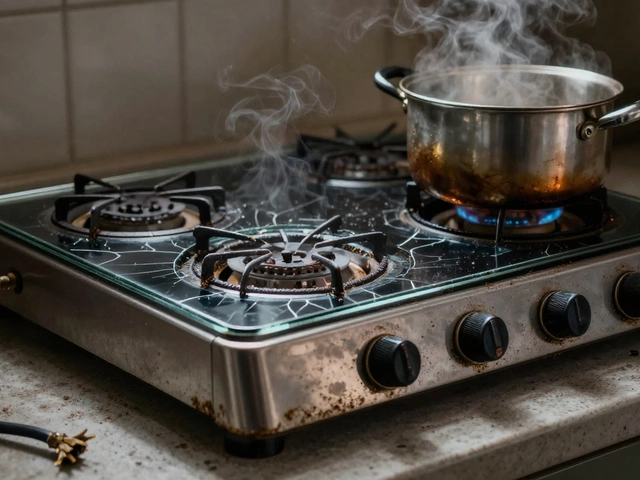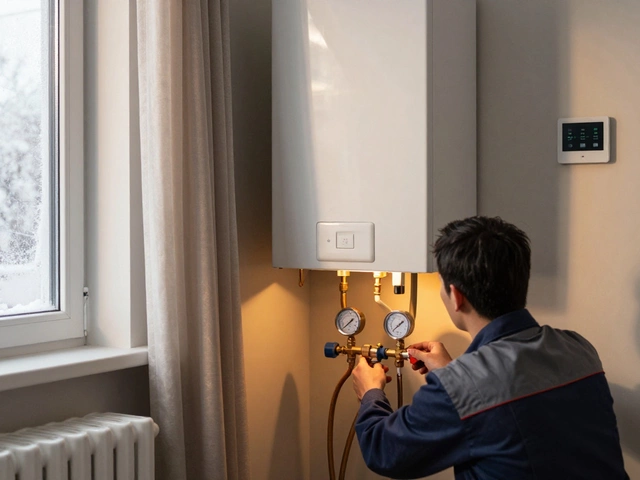Kitchen Tips: Easy Tricks for Appliance Care
Got a kitchen that feels like it’s on the brink of breaking down? Most of the time the problem isn’t a big, costly repair – it’s something you can stop before it starts. Below are quick, practical steps you can add to your routine that keep fridges, ovens, dishwashers and other gear humming along.
Prevent Common Problems Before They Happen
First thing’s first: clean. A layer of dust on coils, fans or vents is the main reason many appliances overheat and quit. Wipe the back of your fridge with a damp cloth once a month, and pull out the dishwasher’s filter every few weeks. It takes five minutes and you’ll notice cooler temperatures and quieter operation.
Second, watch the water. Hard water leaves mineral deposits on heating elements in kettles, washing machines and dishwashers. Run a short empty cycle with a cup of white vinegar once a month to dissolve the buildup. The vinegar smells a bit strong, but the result is smoother heating and fewer leaks.
Third, check the seals. Door gaskets on fridges and ovens lose elasticity over time. Close the door on a piece of paper – if you can pull it out easily, the seal needs a quick replace. A good seal saves energy and stops the interior from getting too humid, which can make parts rust faster.
DIY Fixes You Can Do Today
When something stops working, the first step is to look for the obvious. If your dishwasher won’t drain, the most common culprit is a clogged filter or a kinked hose. Pull out the filter, rinse it under hot water, and straighten the hose. Often the water starts flowing again without a call to a technician.
If your oven isn’t heating, it might be a simple heating element issue. Turn the oven off, let it cool, then unscrew the element and give it a visual check. A broken coil or a blackened spot usually means the element needs swapping – a part you can order online and replace in under an hour.
Refrigerator problems are often about the condenser coils. Located at the back or beneath the unit, these coils gather dust. Vacuum them with a brush attachment every few months. You’ll hear the compressor run smoother and see the temperature stay steady.
Even the smallest things matter. Loose screws on a microwave door can cause the safety switch to trip, shutting the unit down. Tighten any wobbly screws you find, and the microwave should fire up again.
Finally, keep a mini “appliance kit” in your kitchen. Include a screwdriver set, a small brush, a pot of hot water, and a bottle of vinegar. When something starts acting up, you’ll have the tools at hand to diagnose and often fix the issue on the spot.
By staying ahead of the usual wear and tear, you’ll stretch the life of every kitchen gadget, cut down on service calls, and keep your kitchen running like a well‑oiled machine. Give these tips a try this week and watch the difference they make.
How Do I Know If My Cooker Is Broken? Easy Signs and Quick Fixes
- Alden Wilder
- May 15 2025
- 0 Comments
Not sure if your cooker is busted or just acting up? This article breaks down the telltale signs your cooker might be broken, from weird noises to temperature troubles. Find out the everyday issues most people miss and learn a few clever tricks to figure out if the problem is serious. Easy tips included to help you decide if it's a quick fix or time to call in the experts. Say goodbye to kitchen guesswork and protect your meals from unexpected cooker chaos.
View More
